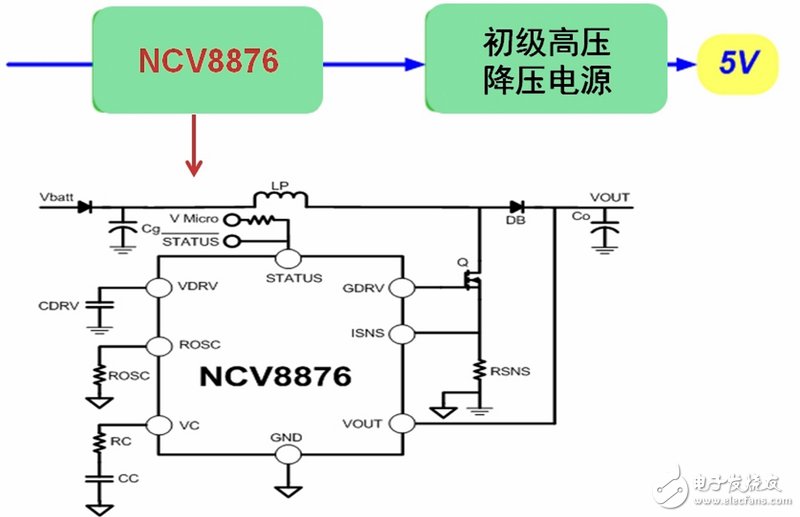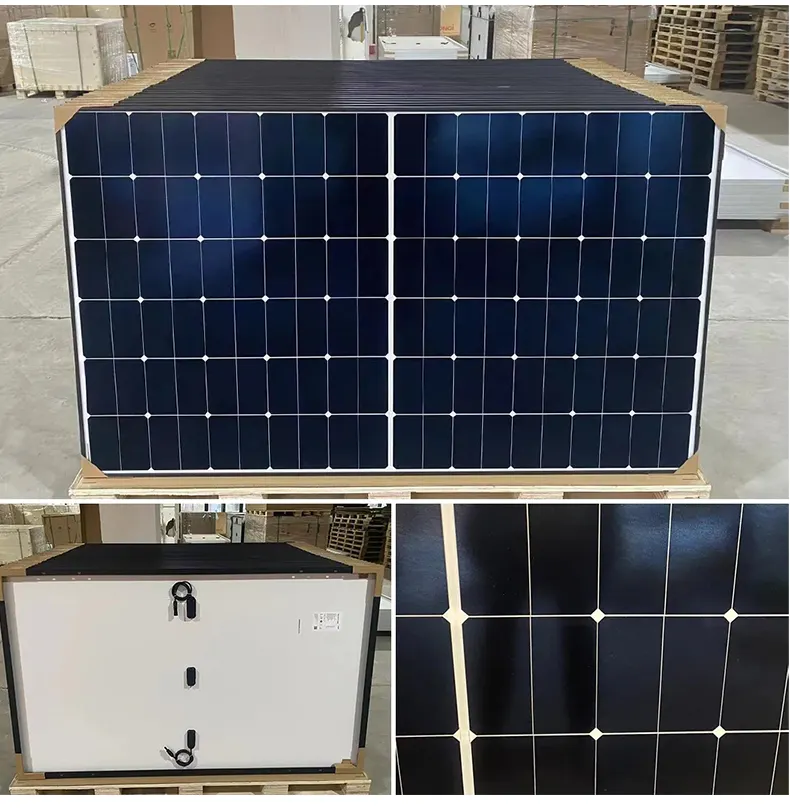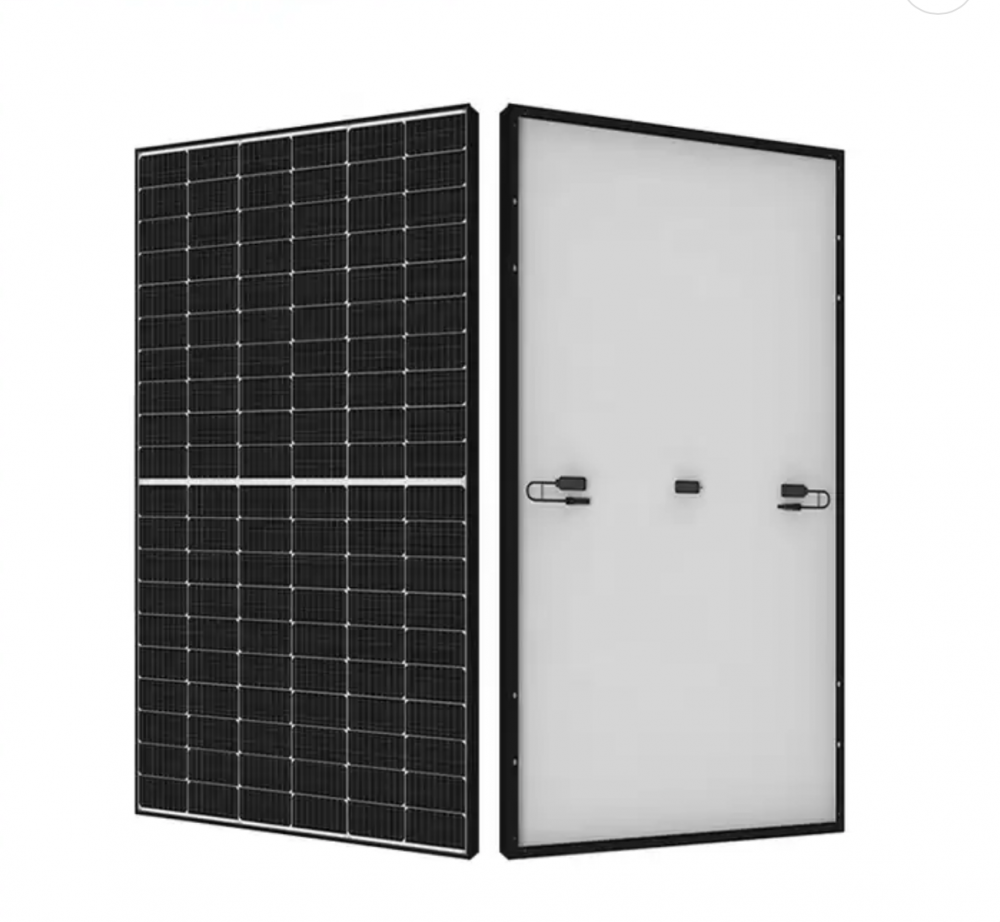Today, car users are becoming more sensitive to fuel consumption, expecting energy-saving fuel bills, and objectively helping to reduce environmental impact. In order to match this trend, automakers have adopted various ways to reduce consumption. One way is to apply automatic “Start/Stop†function in new models to help reduce fuel consumption. Increase sales selling points.
The so-called automatic start-stop function means that when the car stops due to traffic jam or red light, these innovative systems automatically shut down the engine (extinguish); when the driver's foot moves from the brake pedal to the accelerator pedal, the engine is automatically restarted. (ignition). This will help reduce unnecessary fuel consumption and reduce emissions during busy periods of urban driving and stop-and-go traffic.
The effect of automatic start-stop system on the vehicle power system
But such innovative systems also present some unique challenges for automotive electronics design. Because when the engine is restarted, the battery voltage can drop to 6.0 V or even lower. In a typical automotive power architecture, a typical electronic module includes a reverse polarity diode that protects the electronic circuit in the event of a jump start and a jumper cable reversal. The protection circuit itself creates a voltage drop that causes the downstream circuit voltage to be only 5.5 V or less. Since many modules still require a 5 V supply, an excessively low dropout voltage leaves the buck power supply with insufficient headroom to function properly. Therefore, the traditional automotive power architecture is not suitable for automatic start-stop systems.

Figure 1: Traditional automotive power architecture and its problems.
Automatic start and stop system common power solution
There are three common scenarios for selecting the appropriate power architecture for an automatic start-stop system. One solution is to use a low dropout (LDO) linear regulator or a low dropout switching power supply such as the NCV8852 from ON Semiconductor. This is an automotive-grade, non-synchronous buck controller that accepts a wide input voltage range of 3.1 to 36 Vdc and withstands a 44 V load dump. The advantage of this scheme is that the system voltage can work normally when the input voltage is as low as 5.5 V. However, the disadvantage is that if the input voltage drops to a lower level, the system will not work properly.
Another solution is to use a buck-boost power supply as the primary power source, such as the single-ended primary inductor converter (SEPIC) circuit built with ON Semiconductor's NCV8871 or NCV898031. The outstanding advantage of this solution is that the system can work normally even if the input voltage is as low as 4 V. But its shortcoming is to change the design, the system is relatively complicated.

Figure 2: Common power scheme for an automatic start-stop system.
The third option is to use a pre-boost power supply before the primary high-voltage step-down power supply. For example, the NCV8871 from ON Semiconductor can be used to construct a pre-boost circuit that boosts when the input voltage is lower than the set voltage. The advantage of this solution is that the system can work normally when the input voltage is lower than 4 V, and there is no need to change the power supply design. However, the disadvantage is that when the battery voltage is normal, additional power consumption is generated, which is not conducive to reducing energy consumption as much as possible.
ON Semiconductor's improved pre-boost power solution for start-stop systems - NCV8876
As mentioned above, these three common automatic start-stop system power solutions have their own advantages and disadvantages. In response to this situation, ON Semiconductor introduced the NCV8876, a non-synchronous boost controller for automotive auto start-stop systems, which is mainly used to provide sufficient operating voltage for subsequent circuits when the vehicle is automatically started and stopped. It is an improved pre-boost power solution designed to take full advantage of the pre-boost power solution while trying to avoid its shortcomings.

Figure 3: Typical application circuit for ON Semiconductor's improved pre-boost power solution, the NCV8876.
This article is selected from the Electronic Consumers Network July "Auto Electronics Special Issue" Change The World column, please indicate the source! 
Customized Solar Panel, 100watt solar panel,200watt solar panel, big solar panel, high efficiency high quality solar modules
different power customized and OEM logo customized solar panel
Customized solar panel data
solar cell type
mono crystalline half cut cell
power range
50watt to max 700watt
size and weight
different size and different weight if the power is different
solar panel type
monofacial or bifacial
solar panel color
sliver or black
Product details and pic



Customized Solar Panel,Noncrystalline Solar Panel Module,Cheap Price Pv Solar Module,Solar Photovoltaic Pv Panel
PLIER(Suzhou) Photovoltaic Technology Co., Ltd. , https://www.pliersolarpanel.com
